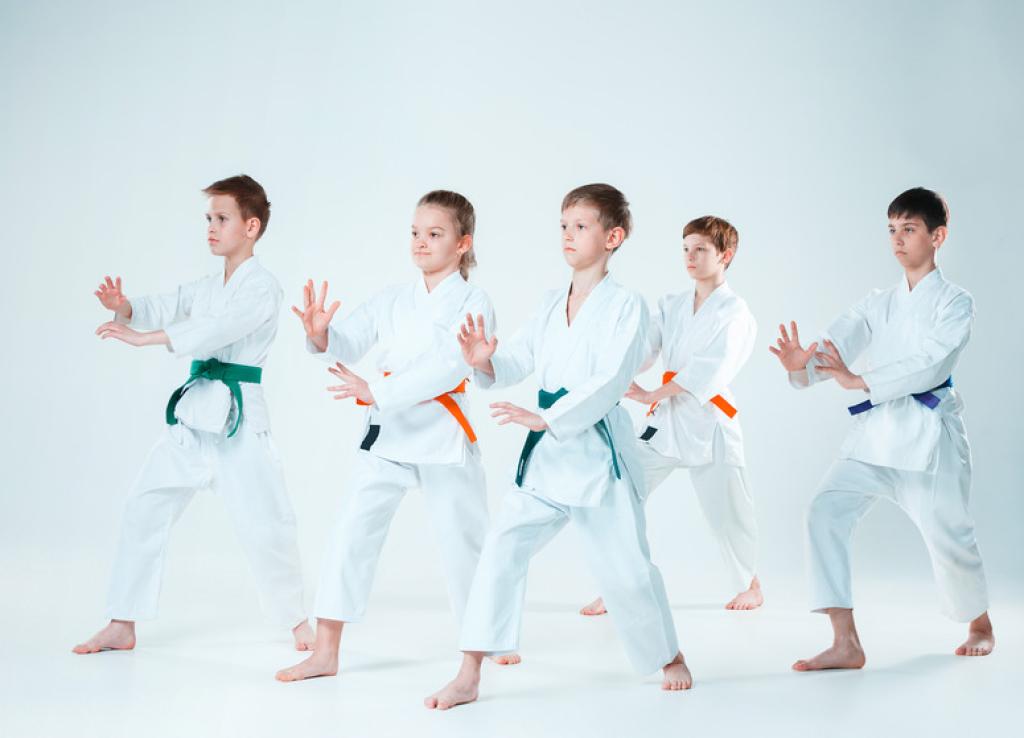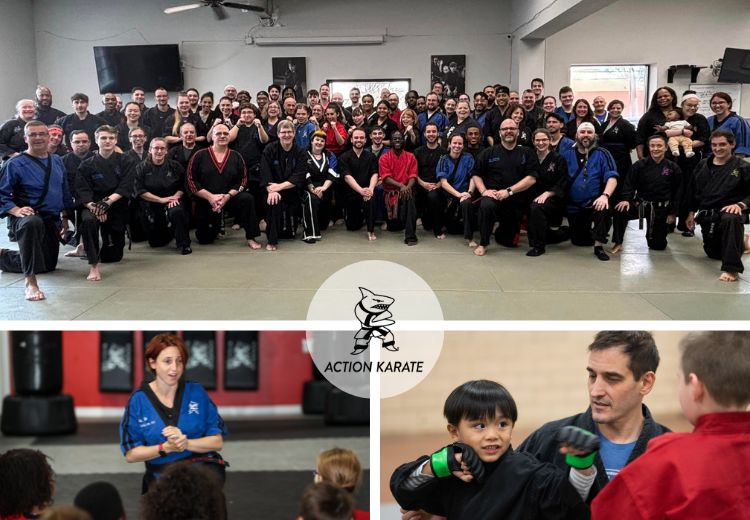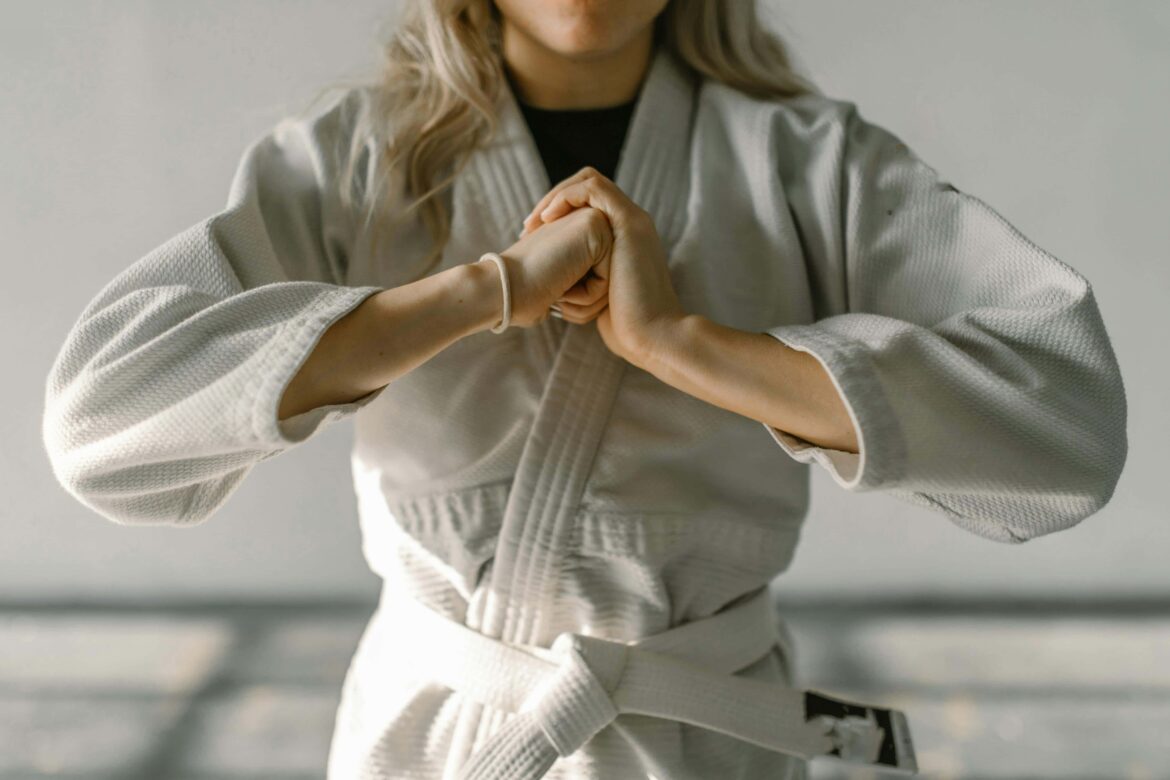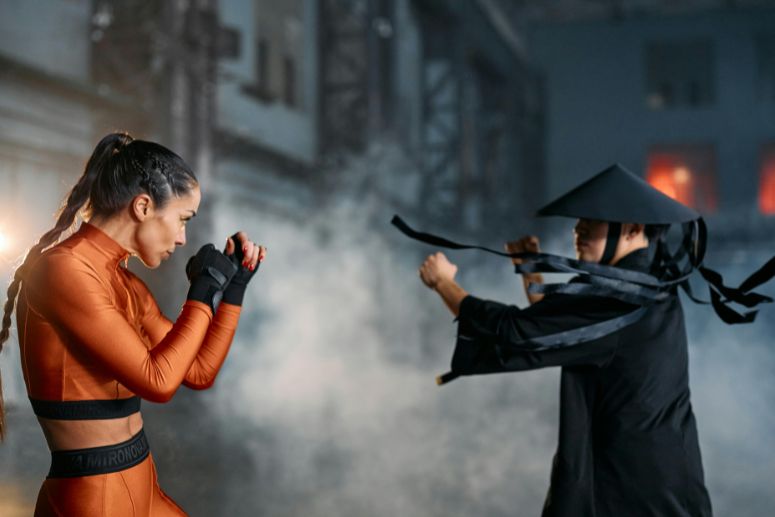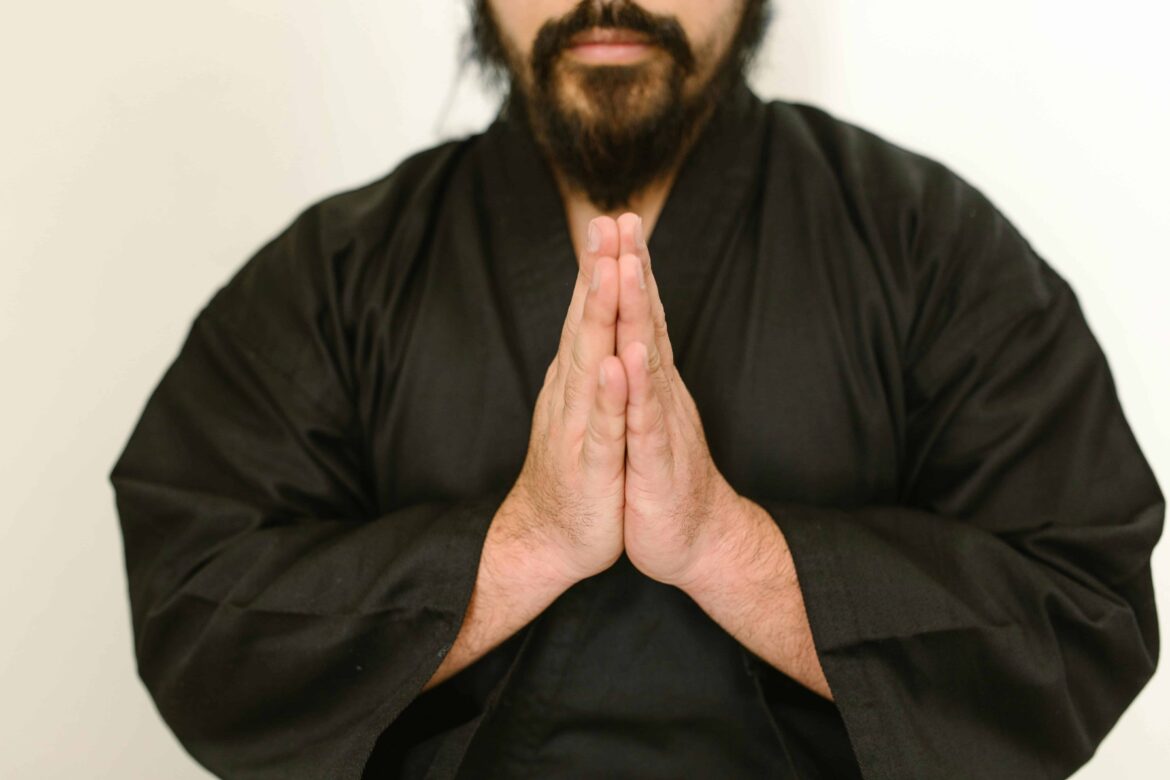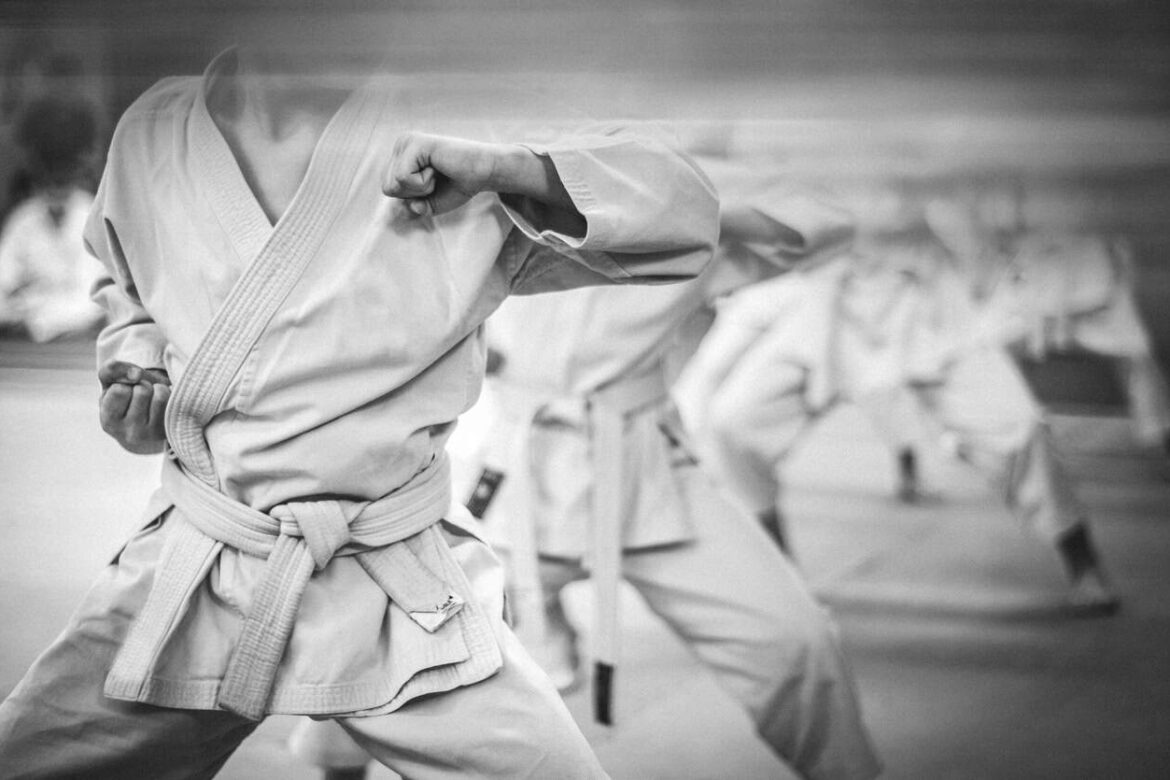Parents, are you looking to give your child the gift of physical fitness, discipline, focus, and self-control? Karate is an exciting way to achieve this goal in one swoop. And if you’ve watched those 80s karate movies, you’ll know about the black belt in karate.
But what about all the remaining levels? This requires a more intimate knowledge of the karate belt system. It serves as a visual roadmap for tracking progress and at the same time, for boosting your child’s motivation.
Want to support your child’s karate journey? Then learning more about the karate belt system is key. Let’s take a closer look at what it entails.
The Meaning Behind the Colors
And now, without further ado, let’s take a more detailed look at the meaning behind the colors in the karate belt system. First things first, it’s important to understand that this system follows a hierarchical structure that reflects a student’s growing expertise.
Also important to note is that although progression is generally consistent, belt colors and meanings may vary slightly across styles and schools, which implies that you—parents—may need to consult your child’s instructor for more clarity.
As for the hierarchical karate belt system, below, you’ll find a brief summary of the colors, their meaning, and stage of development in order from least to most experienced. Let’s dive in.
White belt: The foundation of learning
Just like fresh and crisp snow, the white belt in karate symbolizes a blank slate that represents a new beginning. During this phase, students learn skills such as basic stances (dachi), strikes (tsuki), blocks (uke), kicks (geri), and karate etiquette (e.g., bowing).
Yellow belt: The first steps of growth
After the white belt comes the yellow belt. Think of it like sunlight shining onto that snow and fostering new growth. Also representing a new era in learning, the typical skills that a child will learn during this stage include improved control, basic kata (e.g., Heian Shodan), and simple combinations.
Orange belt: Building enthusiasm and coordination
The symbolism of the orange belt is best captured by a burst of enthusiasm, much like the setting sun. When students master this phase, they will be able to confidently perform intermediate kicks (e.g., yoko geri keage, mawashi geri), light sparring, and bunkai exploration.
Green belt: Growth and tactical awareness
Next, we reach the green belt, depicted well by green grass, which signifies progress and sprouting knowledge. During this stage in their karate journey, students will master skills such as basic sparring (kihon kumite), advanced kicks, and tactical concepts (e.g., pressure points).
Blue belt: Deepening understanding and skill
Toward the middle of the karate belt spectrum is the blue belt, representing the sky and indicating vast potential. Here, students engage in intense sparring, power development (e.g., reverse punch), and situational awareness.
Purple belt: Transition to advanced mastery
The purple belt is where things get more intense. Representing a darkening sky, this belt stage is depicted by a transition to more advanced stages. When students master the skills of the purple belt, they are able to perform complex katas (e.g., Heian Godan), sparring strategies, and physical conditioning.
Red belt: Refining control and discipline
The symbolism of the red belt is well illustrated by a striking sunset, representing greater levels of strength and control. The skills mastered during this stage include advanced karate techniques, self-defense proficiency, and disciplined execution.
Brown belt: The grounding before the peak
Much like the brown, healthy earth that is the foundation of our lives, the brown belt symbolizes grounding and preparation for the final stage—the black belt. In preparation for the black belt, students are required to master not only techniques but also leadership roles and perform advanced katas such as Bassai Dai.
Black belt: Mastery and new beginnings
We finally reach the black belt—the culmination of effort and the start of a deeper journey. Once students accomplish this feat, they will be masters in fundamentals, they’ll have strong teaching capabilities, and a readiness for Dan ranks.
Tracking Your Child’s Progress
The karate belt system offers clear milestones to track your child’s progress, keeping them motivated as they advance. Each new belt represents growth in skill, discipline, and dedication.
Belt tests, or gradings, assess proficiency in key areas: kihon (fundamental techniques), kata (forms), and kumite (sparring). Some schools also include written exams or board breaking.
For beginners, tests typically occur every few months, while higher ranks require longer training periods before promotion.
This structured approach helps children stay engaged and continuously strive for improvement.
Keeping the Motivation Alive
Parents play a crucial role in keeping their child motivated in karate. Show support by:
- Attending classes
- Celebrating achievements
- Acknowledging progress
Work with the instructor to set realistic goals, ensuring steady improvement without undue pressure. Encourage home practice and maintain open communication with instructors to reinforce discipline.
A balanced lifestyle – proper nutrition, hydration, and rest – also enhances performance and focus. Most importantly, keep karate fun by fostering a positive mindset and teaching perseverance through setbacks, helping your child stay engaged and enjoy their martial arts journey.
The Road to Black Belt and Beyond
Earning a black belt is a significant achievement, typically requiring 4–6 years of dedicated training. It symbolizes mastery of fundamental techniques, discipline, and perseverance.
However, reaching black belt is not the end – it’s a new beginning. The Dan rank system follows, with the first-degree black belt (Sho-dan) marking entry into advanced learning. Higher Dan ranks require years of continued training, refining skills, and deepening knowledge.
This lifelong practice reinforces that karate is not just about belts but about personal growth, discipline, and continuous self-improvement.
Conclusion
The karate belt system provides a clear structure for a child’s martial arts development, marking progress while fostering discipline, confidence, and perseverance. Each belt promotion represents not just technical skill but personal growth, reinforcing valuable life lessons.
As a parent, celebrating these milestones—both big and small—helps keep your child motivated. Beyond the belts, recognize their dedication, resilience, and improved character.
Karate is more than a sport; it’s a path of lifelong learning and self-improvement, shaping children into confident and disciplined individuals on and off the mat.

